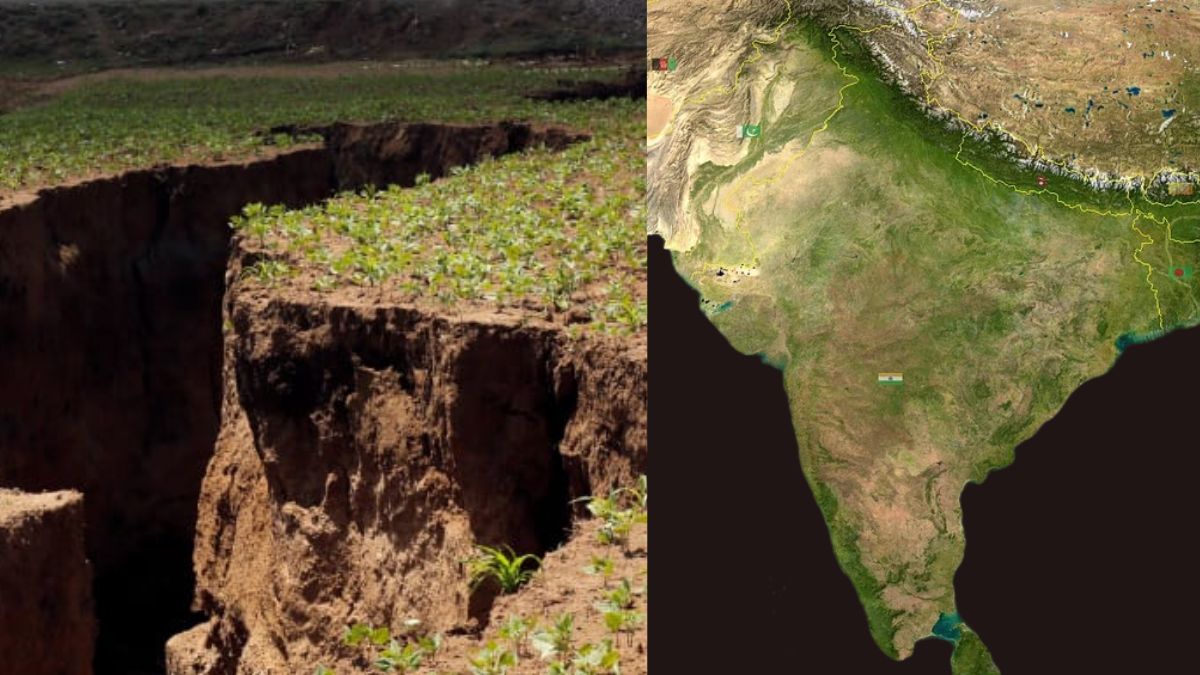Recent geological studies have raised intriguing questions about the future of the Indian subcontinent. Researchers have discovered evidence suggesting that the Indian tectonic plate may be splitting apart beneath the surface, particularly in the region near Tibet. This finding has sparked discussions about the geological forces at play and what it could mean for India.
Key Findings
Scientists presented their findings at a recent conference, indicating that the Indian plate is undergoing a process known as “delamination.” This means that the denser lower portion of the plate is detaching from the lighter upper part as it pushes against the Eurasian plate. This detachment is not a simple process; instead, it involves complex movements deep within the Earth’s crust.
The research team, led by geophysicist Lin Liu from Ocean University of China, analyzed seismic data from 94 broadband stations across southern Tibet. Their analysis revealed that while some parts of the Indian plate remain intact, others are fragmenting at depths of around 100 kilometers. This fragmentation could lead to significant geological changes over time.
Implications For India
The implications of this discovery are profound. The Himalayas, which formed from the collision of the Indian and Eurasian plates about 60 million years ago, could be affected by these changes. Understanding how tectonic plates interact helps scientists predict potential earthquake risks in the region, which is crucial for safety and preparedness.
Geologists have long debated how the Indian plate behaves as it collides with Eurasia. Some believe it resists subduction entirely, while others think parts of it crumple at the edges. The new evidence supports the idea that multiple tears in the plate could be occurring, leading to a more complex understanding of tectonic activity in this area.
As researchers continue to study this phenomenon, they hope to gain a clearer picture of how India’s geology is evolving. The possibility that India may be splitting into two parts raises important questions about future geological events and their potential impact on the region. This discovery not only enhances our understanding of Earth’s processes but also emphasizes the need for ongoing research in tectonic activity and its implications for human safety and environmental stability.
Also Read: Parliamentary Panel To Summon Meta Over Mark Zuckerberg’s Comment On …













